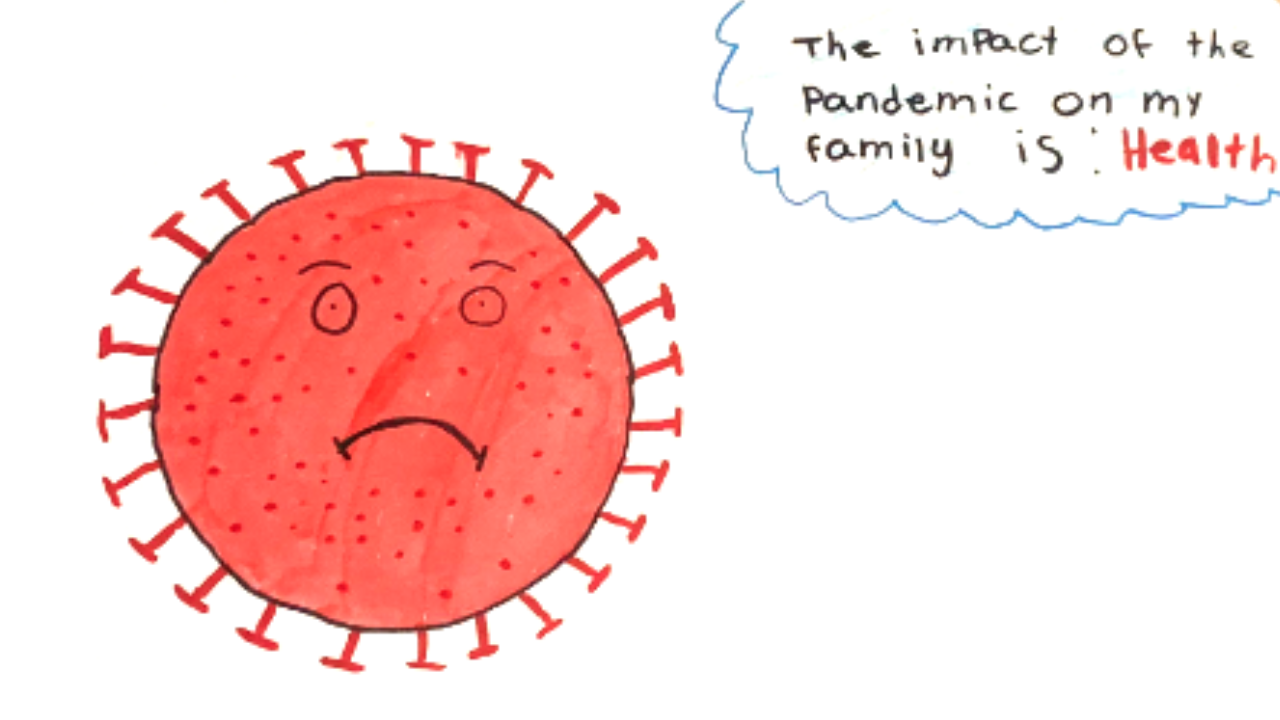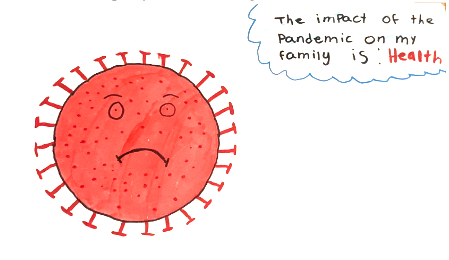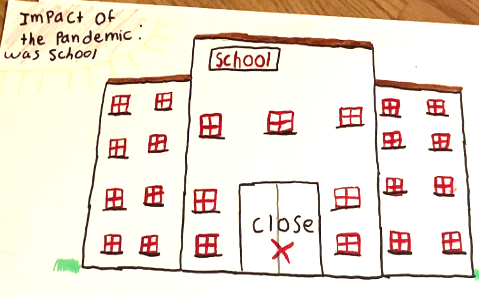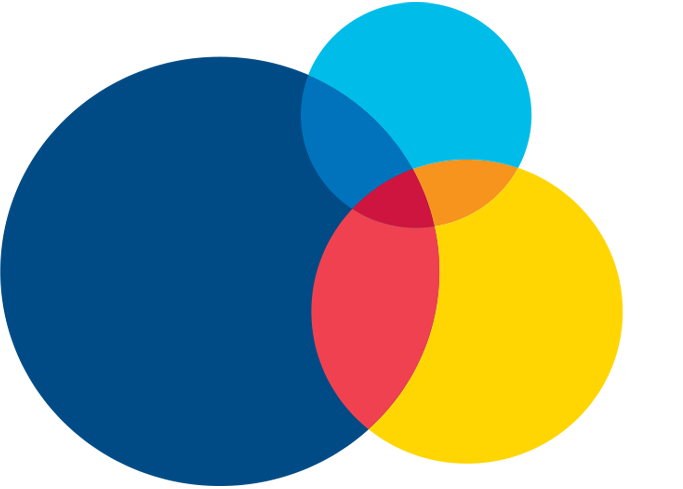
Documenting Youth Resilience During the Pandemic
California has often been referred to as the breadbasket of the world as California is the fifth-largest supplier of food and agriculture commodities. In California’s corporate agribusiness, most farmworkers labor without contacts, legal protection or a living wage. Therefore, many farmworkers overwork and are at risk of workplace injuries, and few have the health insurance needed for adequate medical treatment. Farmworkers’ exploitative practices in the U.S. includes the exposure to agrochemicals, compromised sanitation standards, exploitative working conditions and low wages. The stresses and inequities of farmworker life affect not only adult farmworkers but entire families, including children and adolescents.
When the global COVID-19 pandemic hit, farmworkers were disproportionately impacted with excessive rates of morbidity and mortality due to COVID-19. Farmworkers continued working in the fields, providing essential services and risking their well-being to ensure the supply of basic products and services to the U.S. population. This raised an important question: how are the children of farmworkers faring during the global COVID-19 pandemic? Another important question, pursued by Nellie Graham, UC Davis master’s student in community development, was how youth showed resilience and leadership throughout the pandemic.
Scholar-activist research team
To document the diverse experiences of the pandemic among young people, our team partnered with “promotoras de salud” — community health workers who provide culturally and linguistically appropriate education, advocacy, and outreach. We worked with five junior promotoras/es and four promotoras/es who have close ties to the rural communities of Firebaugh, Knights Landing and Woodland. Promotoras de salud often work as gatekeepers, performing as cultural and linguistic brokers between researchers and communities. At certain steps along this process, our team of promotoras/es played an extended role as researchers responsible for data collection and dissemination.
Our team also included a UC Davis graduate student and faculty, UC Merced faculty, a chemical hygiene officer at San Jose State University and two staff from Sacramento Area Youth Speaks (SAYS).
Empowering youth through photovoice
We used surveys, photovoice and focus groups to document the experiences with COVID-19 of 30 young Latina/o/x who live in the rural communities of Firebaugh, Knights Landing and Woodland.
Photovoice is a grassroots approach to photography and social action that is frequently used in community-responsive scholar-activist research studies. It provides cameras to community members so they can record images that reflect their strengths and problems.


The preliminary findings of our pilot study shed light on the life experiences and mental health of farmworker children and youth in rural communities during the pandemic. Although we did not measure mental health, the youth expressed feeling stressed, sad, and performing poorly academically, which is consistent with CDC findings. The children and youth in this pilot study also expressed anxiety and stress connected to having a family member or a person they knew die or get very sick due to COVID-19. They realized the dangers of their parents and loved ones being so-called “essential workers” who do not have the opportunity of working remotely, six feet apart, and are often not provided the personal protective equipment needed to be safe.
In the near future we will share the youth stories. The youth will determine how they want their stories and experiences to be disseminated to the public and how they want to inform policy. As a result, these young people will play a key role in translating the research into a multimodal (textual, visual and audio) narrative format to share with broader audiences and policymakers.
Youth as agents of community resilience
Resilient communities have a strong network of social relationships, common interests, and who engage in collective action fare better than other communities with weak ties following a disruptive event. This kind of resilience also improves long term population health and mental health outcomes.
Young people have a unique role to play in community resilience. As youth participatory action research (YPAR) has shown, youth hold critical knowledge and deep wisdom about their lived experiences, the barriers and opportunities present in their communities and transformative solutions to overcome obstacles.
To understand how resilience and youth leadership manifested in the communities of Knights Landing, Firebaugh and Woodland, we conducted several focus groups. Youth were asked to describe what community-led responses they saw during the pandemic, and what role they would like to play in future community-led initiatives. They described food drives, personal protective equipment (PPE) donations and vaccine information sessions. Some explained that their parents organized these kinds of community events, and they ended up helping as well.
In terms of recovery, many youth mentioned how healing it has been to return to in person activities such as school and sports. Several mentioned that being able to go to school again in person felt healing:
- “I feel that we are healing because they (teachers) give us more support and help me and I understand things better. They give us more attention.”
- “My education is better because I can listen better to what the teacher is talking and you can have fun now because you're in real school.”
- “(School is healing because) it gets me out of the house and back into the community.”
- “I hated school online at home. I enjoy going to school now. It is so much better now that school is in person and we do not have to wear masks anymore.”
From their responses it was clear how important their social relationships are, and that returning to school helped rekindle those close connections. Overall the youth showed great concern for the health of their families and communities, and a deep commitment to improving the living conditions in rural agricultural towns such as theirs. They exhibited a nuanced understanding of the ways in which their communities have been impacted by social and environmental injustices, yet their radical hope, agency and creativity is undeterred in imagining a better future.
